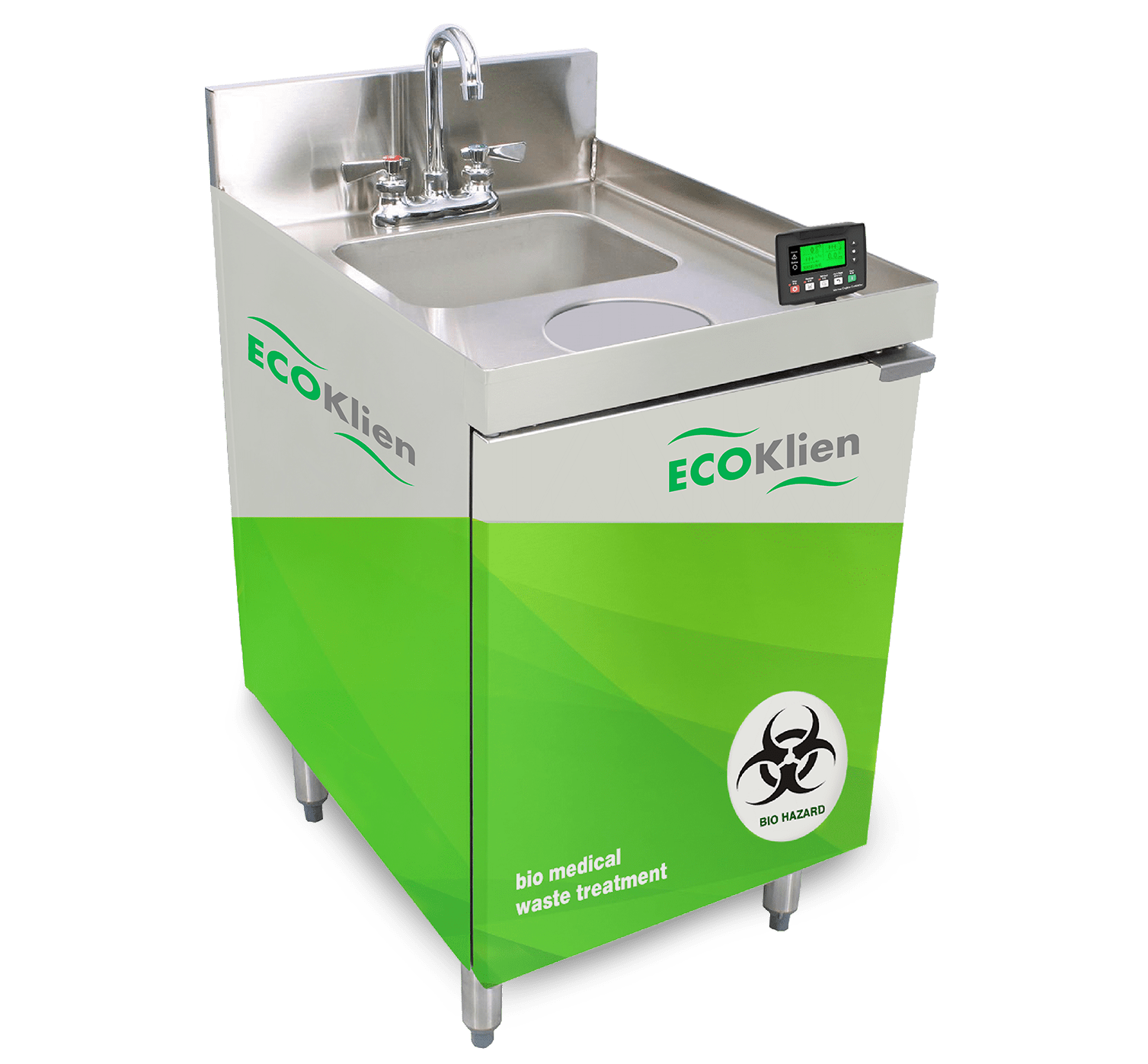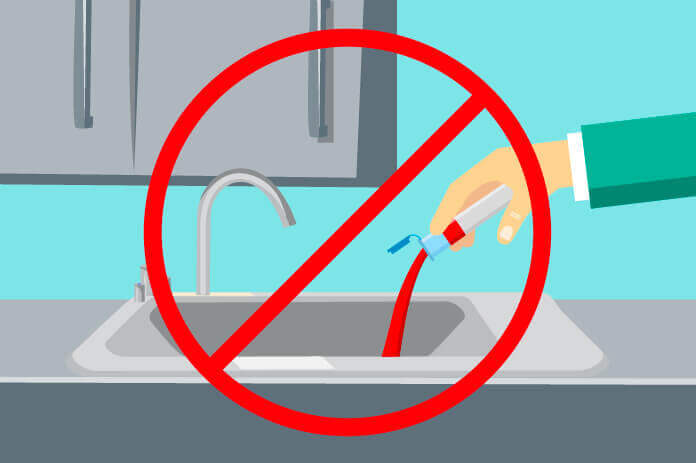Expert Liquid Waste Removal Melbourne: Fast and Cost Effective Solutions
Expert Liquid Waste Removal Melbourne: Fast and Cost Effective Solutions
Blog Article
Exactly How Fluid Waste Disposal Functions: A Thorough Introduction of Strategies and Technologies Utilized

Overview of Fluid Waste Types
The intricacy of fluid waste kinds necessitates a complete understanding of their features and effects for disposal. Fluid waste can extensively be classified right into several kinds, consisting of industrial, local, agricultural, and contaminated materials. Each classification displays unique buildings, requiring particular administration techniques to reduce ecological and health threats.
Industrial liquid waste stems from making processes and usually includes a series of contaminants, such as hefty steels, solvents, and natural substances. Metropolitan liquid waste, mainly comprising wastewater from houses and industrial facilities, consists of raw material, nutrients, and pathogens (industrial wastewater treatment). Agricultural fluid waste, including overflow from farms, may consist of plant foods, pesticides, and pet waste, posturing dangers to water high quality and communities
Harmful fluid waste is defined by its toxicity, sensitivity, or prospective to trigger harm. This category includes substances like acids, bases, and certain chemicals that require rigorous handling and disposal methods. Understanding these varied fluid waste kinds is critical for developing reliable disposal methods and making sure conformity with environmental guidelines. Appropriate category and characterization are necessary for implementing suitable therapy techniques and lessening the unfavorable impacts on public health and wellness and the atmosphere.
Physical Treatment Approaches

Testing is the first step, where bigger fragments and debris are gotten rid of from the liquid waste making use of displays or grates. This process safeguards downstream equipment from damages and ensures smoother procedure. Complying with testing, sedimentation uses gravitational force to separate solids from liquids. In sedimentation storage tanks, much heavier fragments settle at the base, developing a sludge layer, while the made clear fluid can be additional treated.
Filtering is one more important approach that entails passing the liquid via porous products, such as sand or membrane layers, to record smaller particles. This step enhances the high quality of the liquid, making it suitable for succeeding therapy processes.

Chemical Treatment Techniques
Chemical therapy strategies are crucial for successfully taking care of liquid waste, especially in addressing dissolved and colloidal impurities that physical approaches might not sufficiently eliminate. These strategies make use of numerous chemical agents to neutralize, speed up, or change harmful materials right into less harmful forms.
One usual method is coagulation and flocculation, where chemicals such as alum or ferric chloride are contributed to advertise the aggregation of put on hold particles. This procedure improves sedimentation, permitting for less complicated elimination of the resulting sludge. Furthermore, oxidation procedures, using agents like chlorine or ozone, are employed to break down intricate natural compounds and virus, rendering the waste much safer for discharge or more treatment.
Neutralization is an additional critical technique, which changes the pH of acidic or alkaline waste streams to neutral levels, protecting against potential injury to downstream systems and the environment. Moreover, advanced oxidation processes (AOPs) use combinations of oxidants and ultraviolet light to weaken persistent toxins, attaining a higher degree of therapy effectiveness.
Biological Therapy Procedures
Organic therapy processes play a crucial function in the administration of liquid waste by utilizing bacteria to disintegrate organic issue and decrease impurity levels. These processes can be extensively classified into anaerobic and aerobic therapies, each using details microbial areas to achieve reliable waste destruction.
Cardio therapy entails the usage of oxygen to help with the malfunction of organic materials by germs. This procedure is commonly implemented in activated sludge systems, where aeration containers supply a conducive environment for microbial development, bring about the oxidation of natural pollutants. The resultant biomass can be divided from dealt with effluent with sedimentation.
In comparison, anaerobic therapy occurs in the lack of oxygen, counting on different bacteria to damage down raw material. This technique is particularly useful for high-strength waste, as it generates biogas, a renewable power source, while decreasing sludge manufacturing. Technologies such as anaerobic digesters are often utilized in commercial and local applications.
Both cardio and anaerobic organic therapies not only lessen the environmental effect of liquid waste but additionally help with resource recuperation, making them important parts of lasting waste management methods. Their performance, efficiency, and adaptability support their prevalent implementation throughout numerous industries.
Emerging Technologies in Disposal
Innovative methods to liquid waste disposal are rapidly evolving, driven by click to read innovations in technology and a boosting emphasis on sustainability. Among these arising technologies, membrane bioreactors (MBRs) have actually gained grip for their capability to integrate organic treatment with membrane filtration, resulting in premium effluent that can be recycled in numerous applications. MBRs enable smaller footprints and a lot more reliable procedures compared to typical systems.
An additional encouraging advancement is making use of anaerobic food digestion combined with nutrient recovery modern technologies, which not just treats fluid waste however also creates biogas and recovers valuable nutrients like nitrogen and phosphorus. This double benefit enhances source efficiency and reduces environmental influence.
Additionally, advanced oxidation processes (AOPs) are being embraced for the deterioration of complicated organic toxins. These techniques utilize effective oxidants and catalysts to break down contaminants at the molecular level, using an extremely efficient solution for challenging waste streams.
Additionally, the assimilation of fabricated knowledge and artificial intelligence in waste administration systems is enhancing functional effectiveness and anticipating maintenance, bring about decreased expenses and improved environmental compliance. These innovations show a considerable shift in the direction of even more lasting and efficient liquid waste disposal practices.
Conclusion
To conclude, efficient liquid waste disposal requires a detailed understanding of different strategies and modern technologies. The integration of physical, chemical, and biological therapy methods makes sure the reliable management of varied waste types. Moreover, the development of cutting-edge innovations boosts therapy efficiency and advertises sustainability in waste monitoring methods. By constantly advancing these approaches, it becomes possible to attend to the growing obstacles connected with liquid waste, eventually contributing to ecological defense and source recuperation.
Fluid waste disposal is an essential element of ecological monitoring, needing a detailed understanding address of various techniques and modern technologies customized to various waste types. Fluid waste can broadly be classified into several kinds, including industrial, local, agricultural, and unsafe waste. Agricultural fluid waste, including runoff from farms, might include fertilizers, pesticides, and pet waste, posing threats to water high quality and ecological communities.
Different physical therapy methods play a vital role check here in taking care of liquid waste properly - industrial wastewater treatment.In conclusion, efficient fluid waste disposal necessitates a thorough understanding of various methods and innovations
Report this page